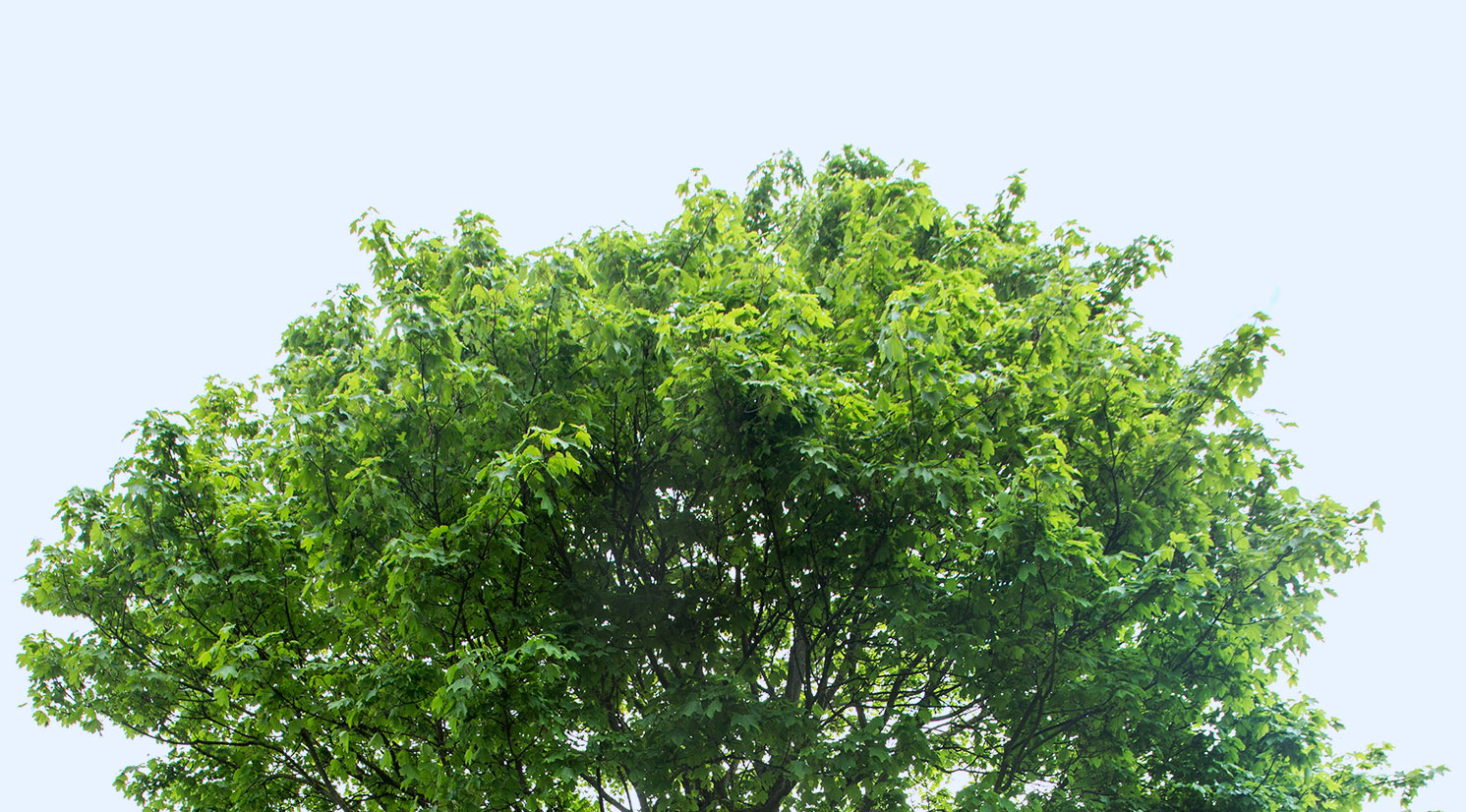By Holly Latteman, Conservation Project Manager
Greetings from the Land Conservation Department! Ever wonder what goes on in the Horticulture building? Keep reading for a behind the scenes view of our department!
Recently, our newest Environmental Professional Residents began working alongside staff members, learning valuable skills in the field of conservation and completing independent projects of their own. These projects have lasting effects on the Arboretum, be sure to look out for the residents working on our grounds!
The native plant greenhouse plays an important part in our goal to grow our own plants for our restoration and reforestation projects. Currently, the greenhouse is in the dormant stage, just like the plants outside! However, we are still monitoring for temperature and moisture. The greenhouse is constructed with a polyethylene covering, which combined with the sun, increases the temperature in the greenhouse. Ideally, the greenhouse should be about 32-35 degrees Fahrenheit. To keep this consistent temperature, we have a few tricks up our green thumbs. The house is equipped with a heater that will kick in when temperatures dip below freezing. The greenhouse also has doors and sides that can be opened, in order to cool the inside temperature. Recent weather changes have presented a challenge for keeping the greenhouse at the proper temperature. However, as changes to weather and climate present themselves, we will need to learn how to adapt.
While we have plants in the dormant stage, we also have newly sprouted plants. Volunteers and staff check our cold/moist stratification as a part of our land stewards volunteer sessions in the winter. The process of stratification mimics the perfect natural conditions that the seeds need in order to germinate. Seeds in cold/moist stratification are kept in moist sphagnum moss in a cooler at 40F. Stratification times and temperatures are species specific; however the seeds are checked periodically for growth. Volunteers and staff search through the moist sphagnum in search of seeds that have formed radicles (the first sprout). Seeds with this first sprout will be planted and kept evenly moist in our propagation glasshouse. Next, seeds will be transferred to our greenhouse when the temperatures are conducive for growing.
Restoration and reforestation planning takes place during the dormant season as well! We have been very busy checking on our stock for the reforestation event this spring. We have also been busy as a bee organizing our native herbaceous seed and creating new plans for prairie restoration. Be on the lookout for our new prairie projects while driving on the auto tour.
Conferences are also an important part of the winter months. Staff and the environmental professional residents attend many conferences to share research that has been conducted at The Dawes Arboretum and to be informed on the latest in conservation research. This includes attending conferences on Ohio invasive plants and the sharing the results of our research.
We hope that you enjoyed a look inside our department!
If you are interested in volunteering with our Conservation staff, please contact labline@dawesarb.org to learn more about volunteer opportunities.

